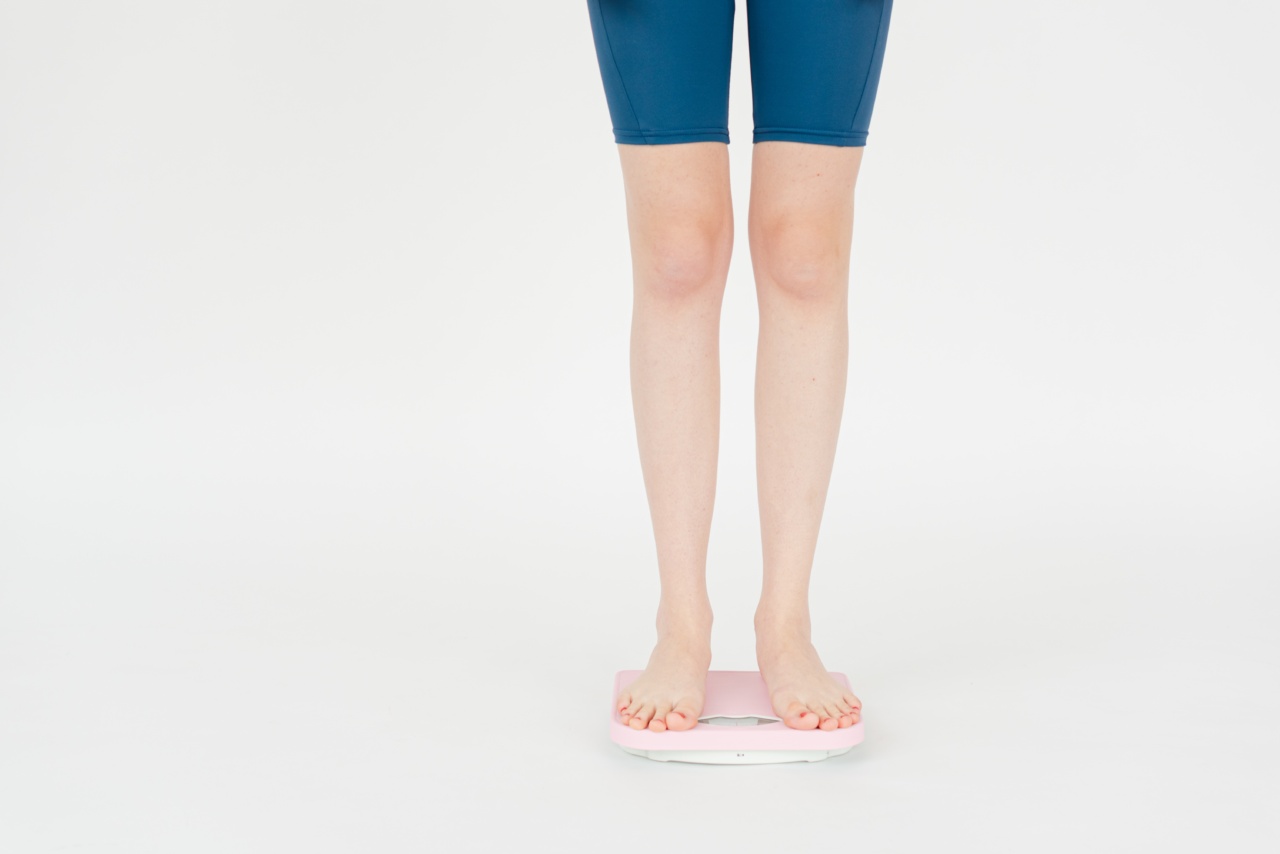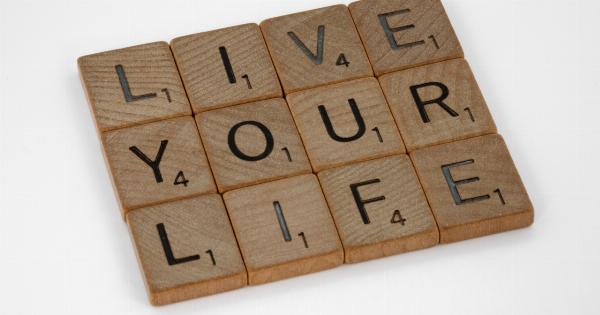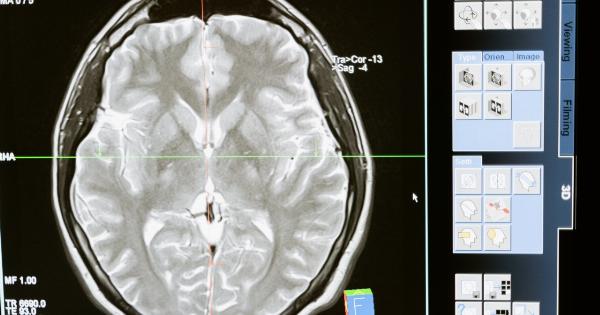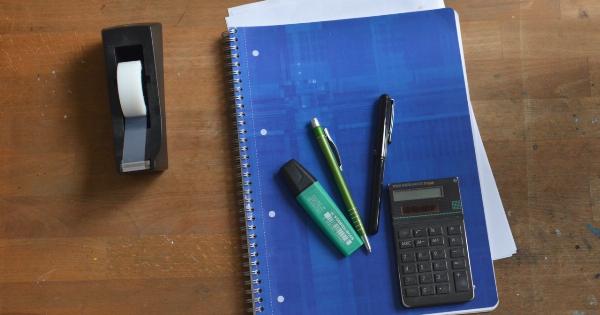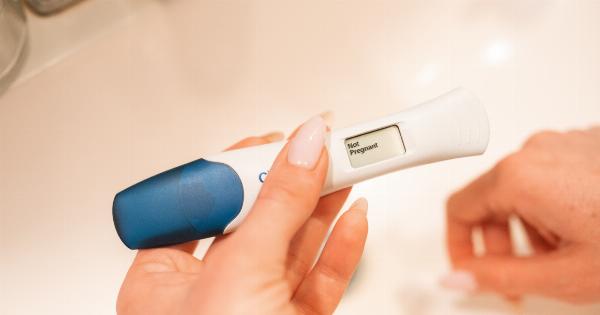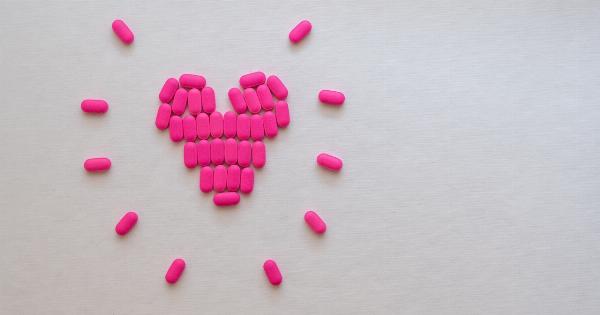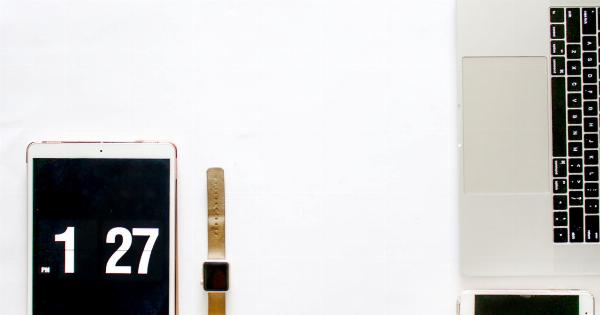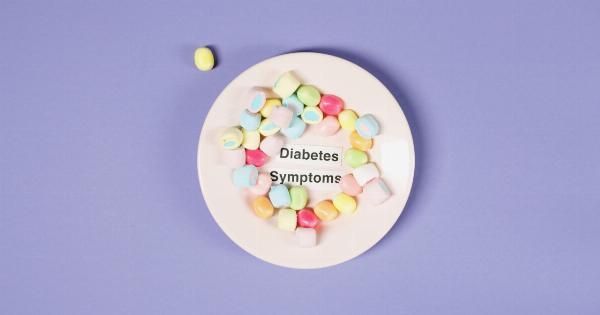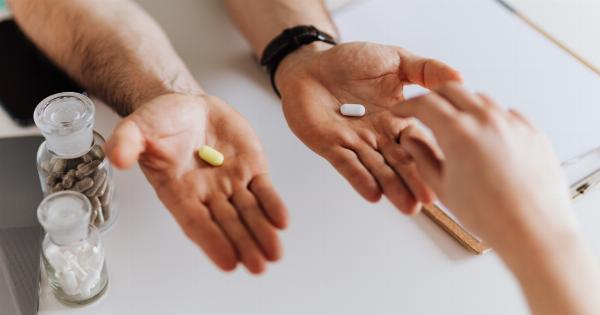Blood Pressure (BP) is the force exerted by circulating blood on the walls of blood vessels. The heart pumps blood into the arteries, which then carries it throughout the body. BP is measured in millimeters of mercury (mmHg).
The two values of BP measured are systolic and diastolic blood pressure.
The Dangers of High Blood Pressure
High blood pressure, also known as hypertension, is when the force of blood against the artery walls is too high consistently. High BP can lead to different health problems, including:.
- Heart Disease
- Stroke
- Kidney Disease
- Vision Loss
- Sexual Dysfunction
Why Monitor Your Blood Pressure?
Monitoring your blood pressure is essential to staying healthy. High BP typically has no symptoms, so you don’t know when it’s high unless you measure it regularly.
By checking your blood pressure, you can identify if you have high blood pressure, and if you do, you can manage it to avoid life-threatening complications.
How to Measure Blood Pressure?
You can measure your blood pressure at home using a BP monitor. There are two types of BP monitors: Manual and Digital Monitors. To measure blood pressure, you should:.
- Be relaxed and sit in a comfortable position.
- Wrap the BP cuff around your upper arm, about an inch above the bend. Ensure it’s snug but not tight.
- Rest your arm on a flat surface with your palm facing upwards.
- Press the start button and wait for the reading.
Understanding Blood Pressure Readings
The blood pressure readings consist of systolic and diastolic pressure. The systolic blood pressure is the upper value, and diastolic blood pressure is the lower value. A normal blood pressure reading is below 120/80 mmHg.
If your blood pressure reading is higher than 140/90 mmHg, that indicates high blood pressure.
When to Measure Blood Pressure?
Monitoring blood pressure is crucial when you have a family history of high blood pressure, heart disease, diabetes, or liver disease. Also, if you’re over 50 years old or pregnant, you must measure blood pressure regularly.
You can take your blood pressure at home before breakfast, dinner, or bedtime, or when feeling stressed or anxious.
How to Lower Blood Pressure?
The following lifestyle changes can help manage high blood pressure effectively:.
- Eat a Balanced and Nutritious Diet: Consume a diet low in salt, fats, and sugar. Eat more fruits, vegetables, and whole grains.
- Maintain a Healthy Weight: Lose weight if you’re overweight or obese since extra weight puts a strain on your heart.
- Regular Physical Exercise: Engage in physical activities like walking, running, swimming, and cycling to help lower your blood pressure.
- Quit Smoking: Smoking speeds up hardening of the arteries, causing an increase in blood pressure.
- Reduce Alcohol Intake: Drinking too much alcohol increases blood pressure, so it’s best to limit it to one or two drinks per day.
- Manage Stress: Try techniques like deep breathing, meditation, and yoga to manage stress levels.
The Importance of Regular Check-Ups with the Doctor
Routine medical check-up is essential if you have high blood pressure or your blood pressure has remained consistently high. Your doctor can prescribe medications to lower it and advise on other lifestyle changes to improve your overall health.
Regular check-ups are an opportunity to ask your doctor questions about your health and receive guidance on how to manage your blood pressure.
Conclusion: Consistent Monitoring is Key
High blood pressure is a common condition that affects millions of people worldwide. It’s crucial to monitor your blood pressure regularly to help maintain your health and reduce the risk of life-threatening complications.
Living a healthy lifestyle, including eating a balanced diet and engaging in physical activity, is essential to managing blood pressure effectively.
